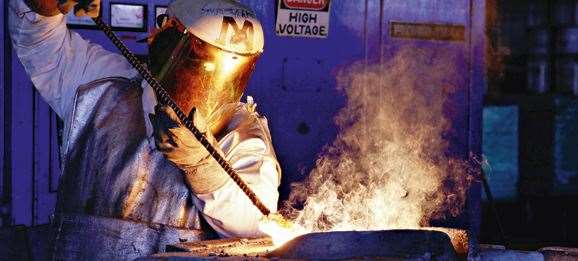Golf club acoustics are an increasingly technical aspect of club design. Designers from golf’s top brands tell us why … and reveal how they create that satisfying impact sound.
As for duration, the target length of sound is again a Goldilocks affair – not too long, not too short. “Currently, for duration we strive to damp down 95 percent of the amplitude between a range from 50 to 120 milliseconds,” says Jertson. “Less than 50 milliseconds can be perceived as too short and piercing, and more than around 120-150 milliseconds is perceived to ring out for too long.
“A typical driver impact lasts around 450 microseconds – so its impact sound lasts more than 10 times as long as the actual impact itself.”
Silver tone
While driver acoustics are naturally concerned with perceptions of power, things get a little less clear with irons.
While the longer irons – such as they exist in the era of the hybrid – are built for distance and forgiveness, and favour a more powerful sound, short irons and wedges are all about feel and control, and need to sound softer. How does one set achieve both?
“To some extent it happens naturally through face thickness,” explains Ping’s Jertson. “Take our i20. The 4-iron has a thinner face to make it more flexible and more powerful. A thinner face naturally creates a more powerful sound.
“With wedges, we want the perception that the ball comes off softer. These clubs don’t need power and forgiveness design elements, and feature the thicker face that stabilises the head and gives better distance control.
It also makes impact sound more solid, softer, quieter.”
Despite this, iron designers are still presented with a problem. Thin and flexible clubfaces are great for power and forgiveness but tend to produce harsher, less pleasing sounds.



.jpg&h=172&w=306&c=1&s=1)






.jpg&h=115&w=225&c=1&s=1)





